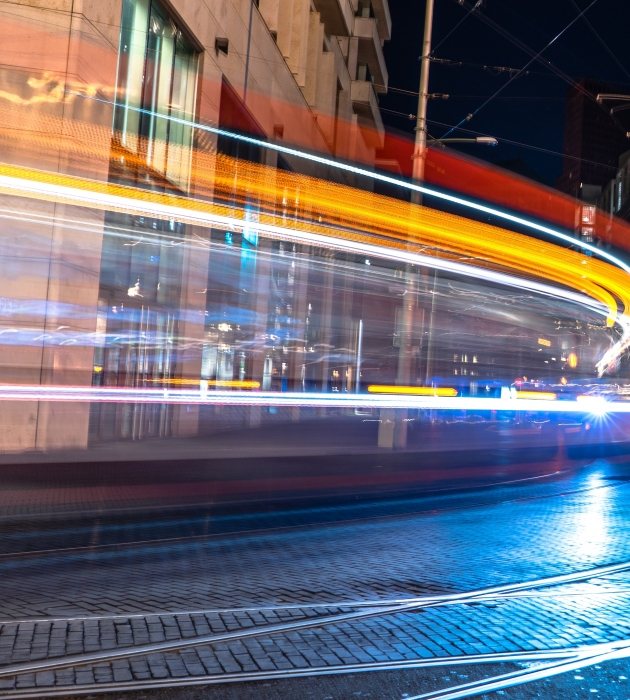
Balancing Energy in the Smartgrid - the Need for AI
Many countries are battling with the transition from the traditional model of a net provider of energy to a state where various sources of clean and green generation are included in the network and there is a bi-directional flow from the consumer back to the grid. The provision of reliable electricity and managing a stable baseload already is a complex task, involving SCADA (Supervisory control and data acquisition) hardware, HMI (human-machine interface software) and IoT devices. Now add smart-meters, the ability by a prosumer to supply energy back to the grid from his electric vehicle or solar rooftop, coupled with new, intermittent sources of energy like solar and wind, and the equation gets too complex for human oversight. This is where artificial intelligence (AI) and machine learning (ML) come into play. There are many areas where AI can play a role in energy management, both on- and off-grid, starting with monitoring reliability of supply from renewable sources.
Saving For A Rainy Day
A major disruptor in new energy models is the use of energy storage. There are many forms of energy storage, from pumped storage schemes and molten salt for large on-grid solutions to lithium-ion batteries, which are used for anything from powering your mobile device to backing up a municipal utility’s supply. We have discussed the impact of batteries in another article.
There are several areas in which AI can improve the energy storage landscape:
· Grid safety - Where a fault is detected, the network now has bi-directional flow and both lines are live. AI can detect the fault, and send out proactive warning messages both to technical support and consumers to be aware that there are two live sources.
· Battery safety and battery life - AI can be used to monitor battery life as well as any malfunction and relay this information to the relevant support.
· Optimizing energy storage and release - Here is where AI can again come into play, identifying when there is surplus energy that can be stored or that there is a need to release energy from storage to meet peak demand. Efficient management of supply and demand using battery storage reduces traditional expensive and carbon-positive demand management remedies like diesel. AI can also assist in managing supply and demand by analysing smart meter information and using it to predict peaks and troughs in demand on a real-time basis. Dexter is a Dutch company that is aspiring to become a leader in the field of energy forecasting, using AI to reach this goal. They have recently received funding to explore DER (distributed energy resources) optimization.
Working with Smart Metering
Peak demand used to be pretty predictable, both in the industrial and residential sectors, because it was time-bound; for instance, households switching on their cookers to make dinner. Now that consumers are adopting alternative power sources, such as PV rooftops, peak demand, which traditionally occurred during daytime hours, is shifting to night-time, when solar is not available. This is where AI can play an active role and apply load-limiting techniques, such as switching household geysers off to balance the load, interacting with the resident’s smart meter. The householder can also optimize his energy costs by choosing to operate devices when there is low demand, especially where the utility is applying time-of-use costs. This pricing model can be managed dynamically via AI (although legislation and regulation often inhibits this approach). Wattie, a startup based in the Hague, has developed a solution for householders, which consists of a small device that collects energy usage data, transmits it for comprehensive analysis and returns usage and efficiency information specific to that customer. They are currently rolling out their solution in the Netherlands and Pakistan.
Understanding Heat Loss
Europe, with its older cities, is challenged with both heat radiation and loss from buildings. Understanding heat loss from a building can be addressed by collecting data about the building itself and the ambient area where the building is located. Sobolt has developed several solutions for the public sector, notably HeatPuls, which allows municipalities and governments to mitigate heat inefficiencies in public buildings.
Still much to be done
While AI and machine learning will create efficiencies and economies of scale in the energy sector, it is not yet a perfect world. Firstly, more data needs to be aggregated in all aspects to improve forecasting and decision-making. Then there is a lack of trust in AI predictions until there is a sufficient base of data and machine learning that is not skewed or erratic, so decisions will still need human oversight and decision-making. However, as the software matures and the data becomes more reliable, more reliance can be placed on AI applications to make the right decisions that drive an optimal energy model. In order to accelerate a successful transition to the comprehensive use of AI in energy, TU Delft is building a digital twin of the Dutch Grid, which will greatly increase our understanding of how the new complex and diverse energy model works.
